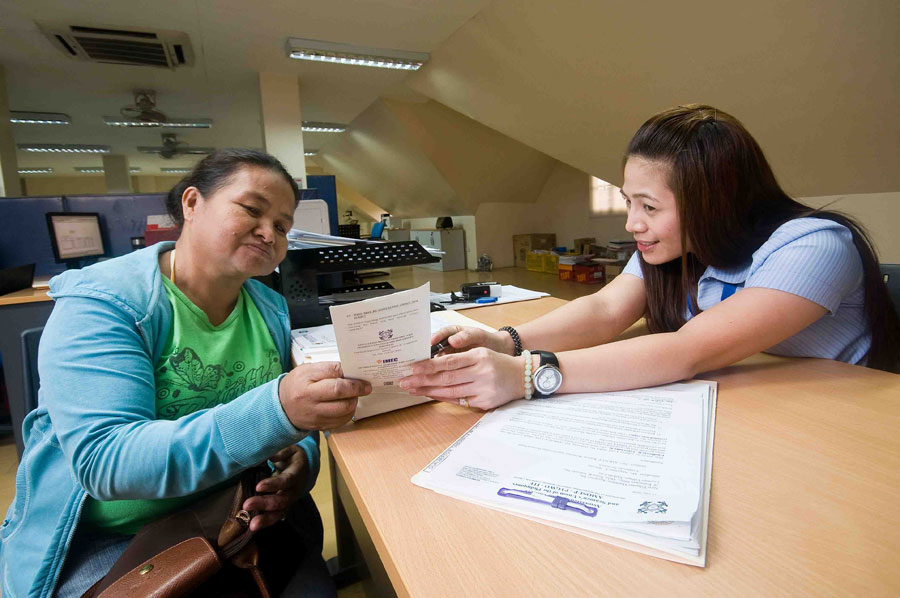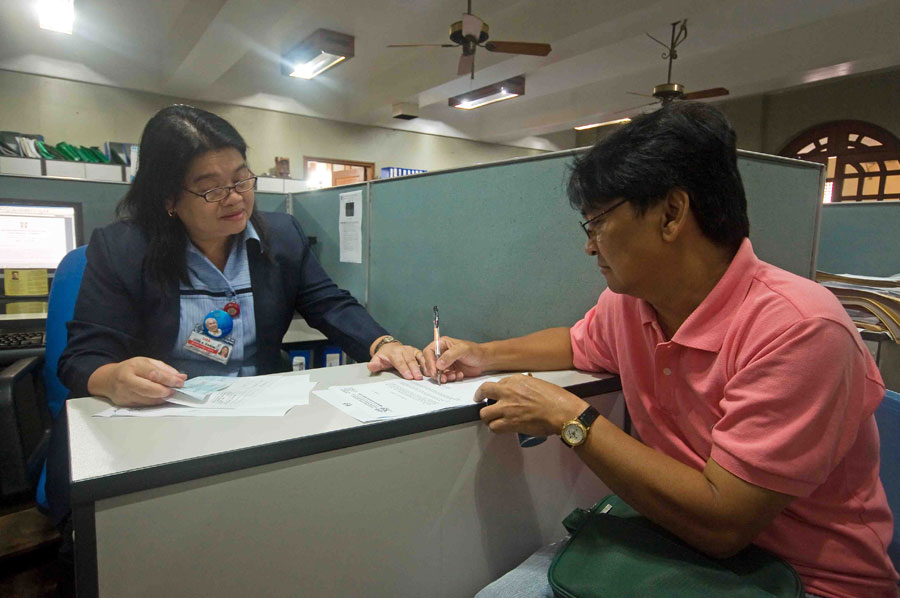The end of the Spanish rule in 1898 marked the birth of unionism in the Philippines.
The creation of the Bureau of Labor by the Philippine Assembly in 1901 paved way to the formation of loosely organized trade unions, which were legal but unprotected by the government. The union movement thrived under the influence of the Americans from the First World War up to 1924.
The years 1924-1935, considered as a time of social unrest, witnessed the formation of the Communist Party. Organization espousing the Party’s ideology were allowed by the legislation, which became even more powerful during the Second World War.
In 1953, the Industrial Peace Act (R.A. 875), otherwise known as the “Magna Carta of Labor” was ratified. Its policy includes the promotion and protection of the employees’ right to self-organization for the purpose of collective bargaining. It was around this time when legitimate labor organizations grew rapidly. One of these was the the Associated Workers’ Union (AWU) was organized by the late Roberto S. Oca, Sr. Meanwhile, a labor leader who rose from the ranks in the port of Manila founded the Philippine Transport General Workers’ Ogranization (PTGWO).
On November 11, 1960, Capt. Gregorio S. Oca, concerned with the plight of the licensed crew of the United President Lines, Magsaysay Lines, Inc. and the Eastern Shipping Lines, established the Associated Marine Officers’ Union of the Philippines ( AMOUP). At the same time, Bro. Donato Alarcon instituted the Associated Seamen’s Union of the Philippines (ASUP).
Capt. Oca labored to fight for the social, legal, and moral rights of the members in the domestic and foreign fronts. He aimed to unite all Filipino seafarers, who were then on board foreign vessels in poor working conditions and receiving low salaries, and were not guaranteed with benefits and protection from accidents, sickness, and death. He wanted a united organization with clear, definite, and willful objectives.
Guided by the same ideals and principles, AMOUP and ASUP decided to amalgamate into one cohesive organization in 1972 and named it the Associated Marine Officers’ and Seamen’s Union of the Philippines (AMOSUP-PTGWO). The merger was formalized in 1976 when it was officially registered with the Department of Labor and Employment. Soon after, AMOSUP affiliated itself with the International Transport and Workers’ Federation (ITF).
In order to compete with seafarers from other countries, the union realized that the Filipino Seamen should be well-trained, disciplined, and hardworking. In return, the seafarer should be justly compensated and given all necessary benefits to live decently. With these principal goals, the leadership of AMOSUP began reshaping the future of the organization.
The unparalleled and successful programs of AMOSUP serve as lasting tributes and shrines to the people behind the foundation of the union, and to the members who believes and continuously supports its leadership.







